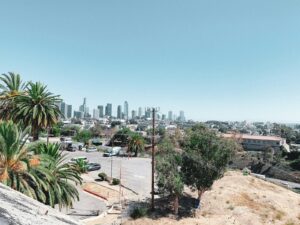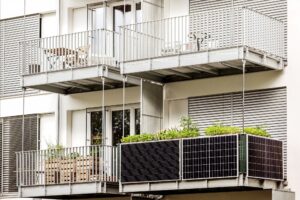A progress report into Birmingham’s air quality has found that pollution levels have been reduced by 40% since the introduction of the city’s Clean Air Zone in June 2021.
The Zone – which is a class D, the most stringent available – was launched as part of the Council’s plan to tackle the risk to public health caused by poor air quality and was designed to specifically address nitrogen dioxide in the shortest possible time.
The report found that in 2022, the levels of NO2 in the Clean Air Zone were 17% down on 2019’s levels, and 37% on 2016, the year used in the original modelling for the Clean Air Zone.
The percentage of non-compliant vehicles entering the Zone had fallen from 15.2% in June 2021 to 6% in June 2023 and the average number of unique vehicles entering the Zone each day has increased from 98,112 in the first year of operation (June 2021 – May 2022) to 102,392 in the second year of operation (from June 2022 to May 2023)
It was also found that two areas in the Zone were seeing exceedances of the legal limit of NO2 although levels are being seen to be falling. There are also three areas outside the zone where levels are currently above the legal limit.
It is thought that these exceedances are due to: ‘the combination of vehicle volume and other environmental factors in each area could be slowing down the rate of improvement. However, further work is required to better understand the scale of change required to achieve the desired reductions in nitrogen dioxide.’
Councillor Liz Clements, Cabinet Member for Transport at Birmingham City Council, welcomed the findings of this latest progress report, saying: ‘Tackling the health inequalities caused by poor air quality is vitally important, so it’s encouraging to see that the levels of nitrogen dioxide in the city centre are continuing to reduce.
‘I want to thank everyone in the city who has helped to make this change possible. However, there is more work to do. There are now far fewer of the most polluting vehicles entering the city centre. But we have to find ways to support and encourage more people to leave their vehicle at home more often. An overall reduction in the volume of vehicles driving through the city centre will help improve air quality, reduce carbon emissions and create a more enjoyable environment for everyone.’

















Leave a Reply